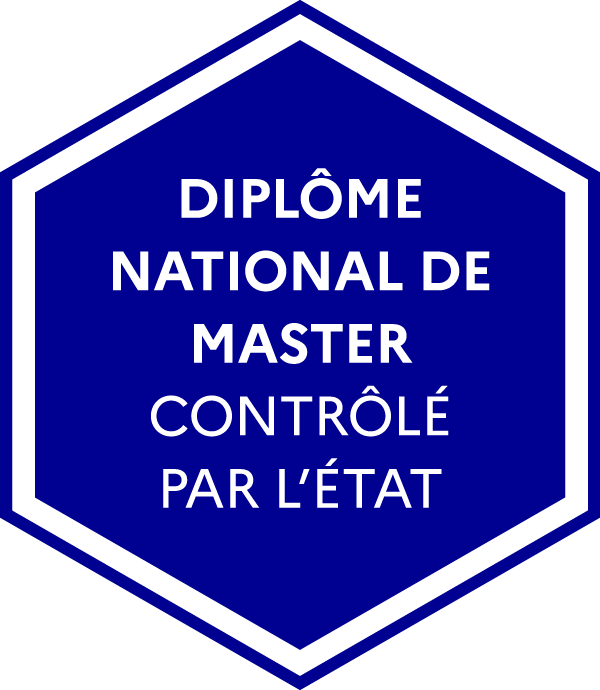Master's degree Mécanique des sols, des roches et des ouvrages dans leur environnement (MSROE)


Entry requirements
A general Licence degree in mechanics, physics or maths with a suitable foundation in solid and fluid mechanics. For the second year, students who have passed the first year of the Master’s in Modelling and Simulation in Solid Mechanics are automatically accepted. Second-year applicants who hold a different first-year Master’s, an engineering degree or an equivalent foreign degree and have sufficient training in solid mechanics and numerical methods are accepted based on their application.
Benefits of the program
One of the aims of the Modelling and Simulation in Solid Mechanics programme is to give students high-level scientific skills in modelling and numerical simulation in solid and structural mechanics, including from a practical point of view. To this end, 30% of the course in first year and 50% in second year are based on concrete simulation projects involving the different physical phenomena covered in class. In this way, students are familiarised with every stage of the project, from definition, implementation and validation to presentation of the results.
Acquired skills
Ability to understand, analyse and model physical phenomena in solid and structural mechanics and the associated types of transfer.
Ability to implement numerical methods by developing prototype codes.
Mastery of the leading commercial codes used in this field in industry and research laboratories.
Ability to present findings in writing and orally in French and English.
International
Students can spend a semester abroad as part of the Erasmus Mundus network or do their Master 2 work placement abroad.
Course venue
Your future career
Graduates can work as structural engineers or in design, research and development, or as consultants in the field of solid and structural mechanics. The main sectors concerned are the mechanical and transport (automotive, aeronautics) industries. Graduates of this specialisation can also pursue a PhD. They can then go into teaching and/or research in a university, institute, school or national or international organisation.
Professional integration
Sectors:
• mechanical industry,
• transport (automobile, aeronautics, aerospace, naval, rail),
• materials processing (metallurgy, plastics, glass),
• defence.
Skills in mechanics are required in all sectors of industry.
Careers:
• structural engineer,
• design, research and development engineer,
• systems and simulations engineer,
• mechanical engineer,
• consultant in the field of mechanics and energy,
• project manager, business engineer.
Further study:
This course also prepares students for research professions in the fields of solid and structural mechanics. Graduates of this specialisation can also pursue a PhD. They can then enter professions in higher education and/or research at universities, institutes, schools and national or international organisations.
Study objectives
The Modelling and Simulation in Solid Mechanics programme of the Mechanics Master’s is designed to equip students with the following skills:
- mastery of the general theories, concepts and tools in the fields of materials and structural mechanics;
- ability to analyse and summarise complex information;
- ability to solve a problem independently;
- ability to carry out a numerical modelling project
More specifically, students acquire the following skills:
- ability to understand and analyse the physical phenomena involved in solid and structural mechanics as well as notions of fluid mechanics and all the associated types of transfer;
- ability to model these phenomena mathematically at the scale of the material and structure and notions of the microscopic scale;
- ability to implement and analyse the associated numerical methods (finite differences, finite volume, finite elements), by developing prototype codes using programming languages (Matlab, Fortran or C);
- mastery of the leading commercial codes in the field that are widely used in industry and research laboratories (ANSYS, Abaqus, Comsol-Multiphysics, etc.) ;
- ability to present findings in writing and orally in French and English.
Major thematics of study
Thermomechanics of solids and fluids
Numerical modelling and simulation of the mechanical behaviour of materials and structures
Mechanical waves
Numerical analysis and scientific calculus
Calendar
Course starts: end of September or early October in M1 and M2
Term ends: end of May in M1 and end of January in M2
Start of M2 work placement: early February.
DESCELIERS Christophe (M1-M2)
DAULT Marie-laure (M2)
Partners


